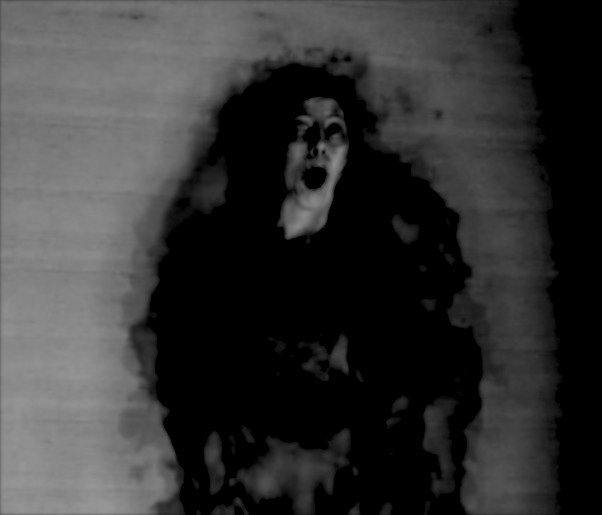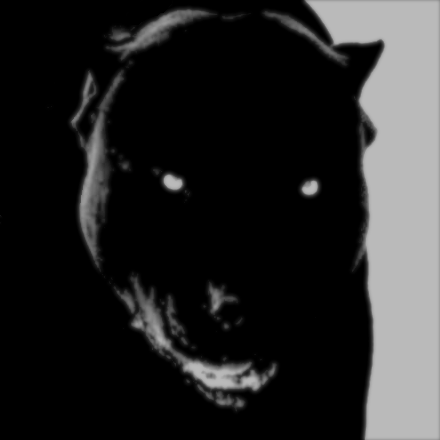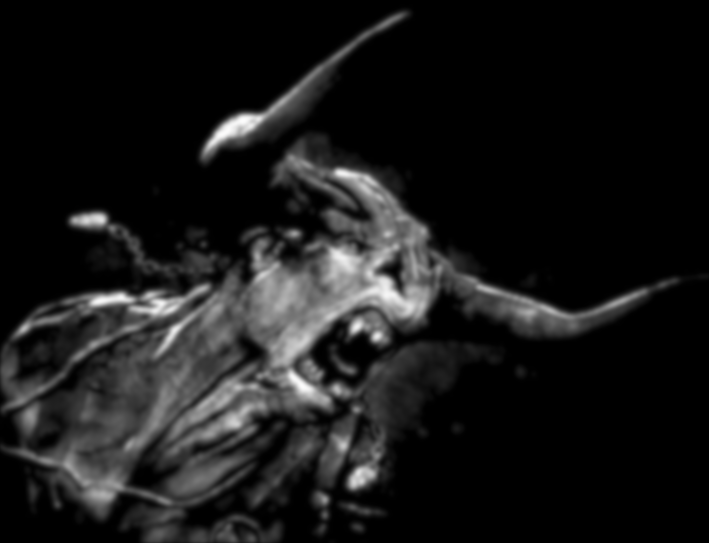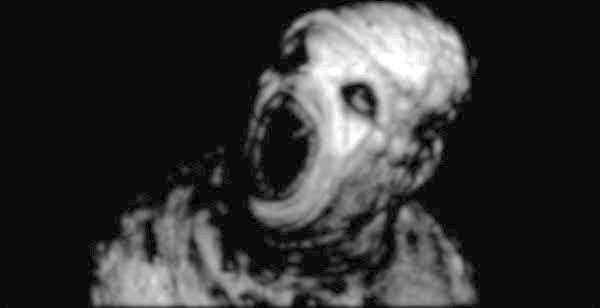Types of Demons
A Brief Taxonomy of Demons
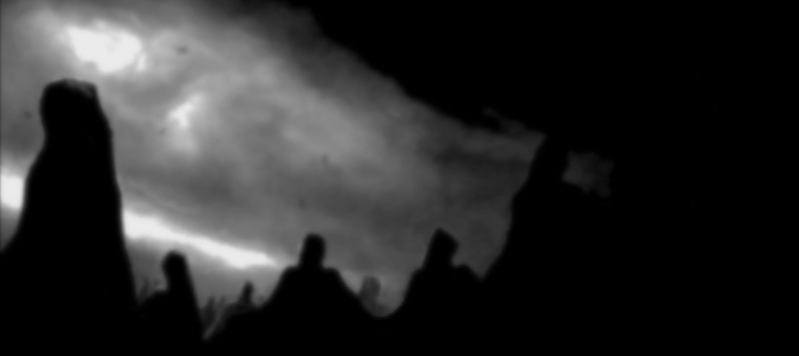
Familiar with different types of demons? This post will teach you the defining characteristics of several classes. This is a brief taxonomy of demons.
The categories explained below cover the fundamental demon types. Naturally, there are numerous sub-categories in addition to these; but for the purposes of this post, exploring the sub-categories is not necessary.
While the roles of many demons fall neatly into one category, it is important to note that many exhibit behaviour typical of other classes as well. For example, a single demon might be a stalker, deceiver and possessor depending on the circumstances.
Table of Contents
I. Hybrids
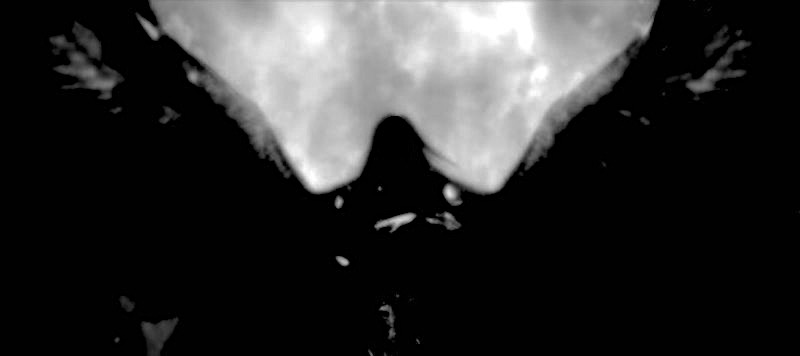
Although most demons result from sex between two deities (or the single-handed efforts of one deity, such as in the case of Satan), they can also result from a sex act involving only one supernatural entity.
Thus, some demons are hybrids: half-demon, half-mortal. Greeks and Christians use the terms demigod and cambion, respectively, to denote a supernatural being of mortal and immortal parents.
Asmodeus is arguably one of the most well-known and powerful hybrids. Additionally, as both a cambion and the Lord of Lust (i.e. hybrid and sex fiend), he exemplifies a demon that is not restricted to a single class.
II. Soldiers
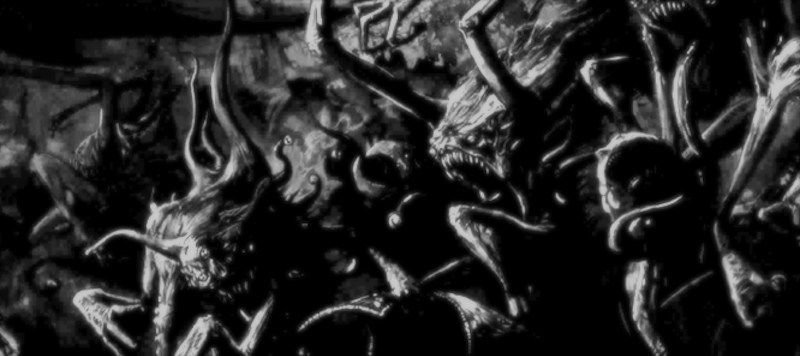
Many of Hell’s highest-ranking demons are military generals. Paimon alone commands anywhere from one to two hundred legions of demon soldiers; and lesser generals like Balam and Malphas are each responsible for over forty legions—an enormous number, still.
Naturally, these legions require a significant number of demons whose sole purpose is to serve in Hell’s army. Serving generally entails campaigning outside of Hell and/or patrolling regions within Hell itself.
III. Stalkers

Demons most likely to be stalkers are either shapeshifters or those whose permanent forms are entirely discarnate. This is because the human eye is largely unable to detect them, which means these demons are capable of stalking whomever they please with relative ease.
Those who have been driven to psychosis and/or suicide are frequently victims of demonic stalking. The intense stress that results from being stalked and tormented—usually relentlessly—becomes unbearable. Not only this, but victims often fail to obtain relief: they either do not seek help, or those whom they beseech do not believe them.
IV. Deceivers

Perhaps more consistent with the popular notion of evil, many demons are notorious for their lying, scheming, manipulating and deceiving.
As both historical and modern accounts continue to reveal, those of us who lack a certain humility are especially prone to the allure of a mischievous demon’s words. These deceivers exploit the selfishness of man, coaxing and binding him into contracts and obligations that spell his ultimate ruin.
Mammon, the demon prince who oversees the deadly sin of Greed, is particularly fond of stirring up avarice and selfish desire in humans. He manipulates their ambitions, exacerbates their egotism and lays bare the foundations of symbiotic, communal living.
V. Sex Fiends
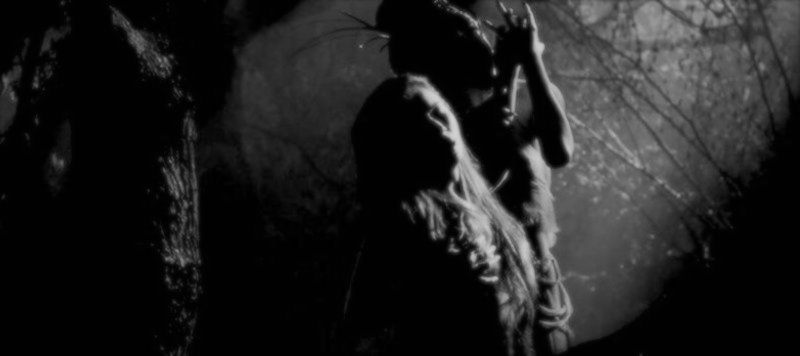
Sex fiends typically pursue two things, often simultaneously:
- The gratification of their own sexual perversions
- The sexual debasement and corruption of others
This day and age, most people are at least vaguely familiar with stories involving incubi and succubi, male and female sex demons, respectively. These demons are known to be serial rapists, invaders of dreams, subverters of natural human inclinations, and more.
VI. Possessors

This class of demon has arguably received the most popular attention of all as of today.
Demonic possession has been the basis for countless horror films produced over the past few decades. This is because the human fear of possession is perhaps one of the strongest. Whereas it can be said that victims of deceit are at least partially at fault, victims of possession are often targeted at random. Such randomness makes us feel especially helpless.
One whom a demon possesses no longer controls their actions. Such a person is stripped of all agency. Particularly frightening is the fact that some demons can possess covertly—that is, other people might not even realize that one of their peers has been overtaken.
Aside: The possessor that achieved notoriety for its portrayal in the popular horror film The Exorcist (1973) is none other than the ancient Assyrian-Babylonian Pazuzu.
VII. Spectres
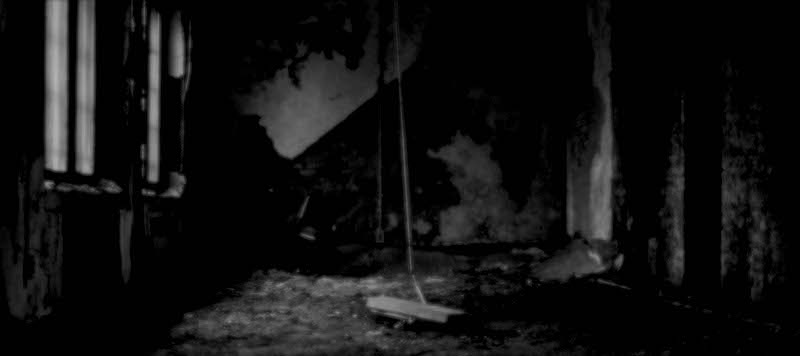
The word spectre is derived from the Latin spectrum, meaning “image” or “apparition.” (This is the same word Isaac Newton chose to represent the division of white light into what we now refer to in English as the colour spectrum, coincidentally.) As such, it refers to demons whose forms are purely ethereal or spiritual, as well as those who can assume such forms at will.
Spectral demons are naturally aloof. They share some similarities with ghosts and poltergeists in that they tend to lurk in solitary places and/or spend the bulk of their time within a limited number of environments.
VIII. Recruiters
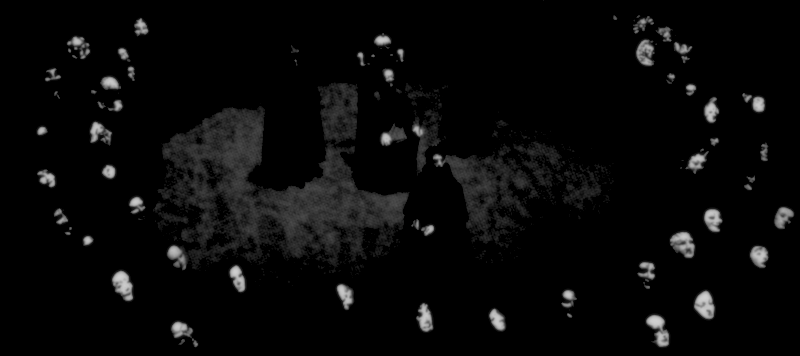
Of the demons who actively seek to add more names to Hell’s lists, many specifically target women for recruitment (though not necessarily exclusively).
Young women are cajoled into selling their souls in exchange for earthly rewards, such as being granted powers humans do not naturally possess. (This is how one who is not a witch at birth becomes a witch later on.)
Old women are similarly persuaded to attend Witches’ Sabbaths and engage in various demonic rituals, eventually signing themselves over after becoming enamoured.
IX. Demons of Fate
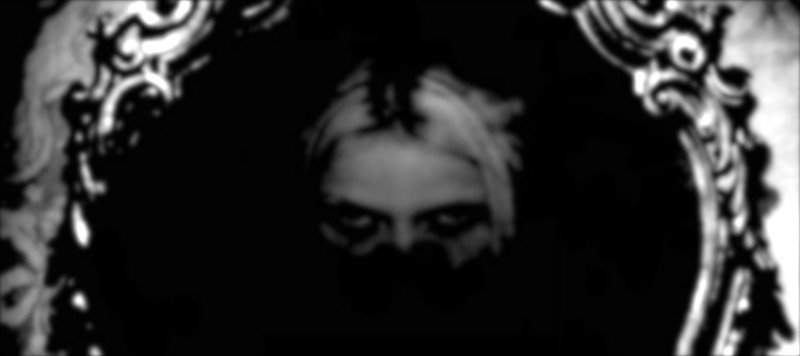
Demons of fate are concerned with life’s major events, and more specifically, events that mark a significant change in the course of one’s life. The most irrevocable of changes is, of course, death.
Thus, demons of fate are actively involved in determining the cause and/or time at which one is to meet one’s demise. No surprise, then, why a term like angel of death has nearly replaced the more antiquated (yet more precise) demon of fate as of the current date.
A few prominent examples of demons of fate include Abaddon, the Islamic Azrael and the Canaanite Mot.
Nota Bene:
The information provided in this article is chiefly derived from the taxonomies developed by Alphonso de Spina (1467) and King James VI and I (1591).

By Marco Passaretti
Marco obtained his Master's degree in philology from the University of Cagliari. He has always been fascinated by the supernatural and maintains a strong appreciation for historically accurate occult fiction.

